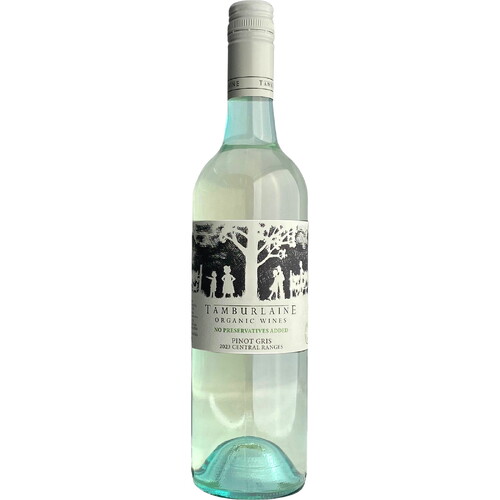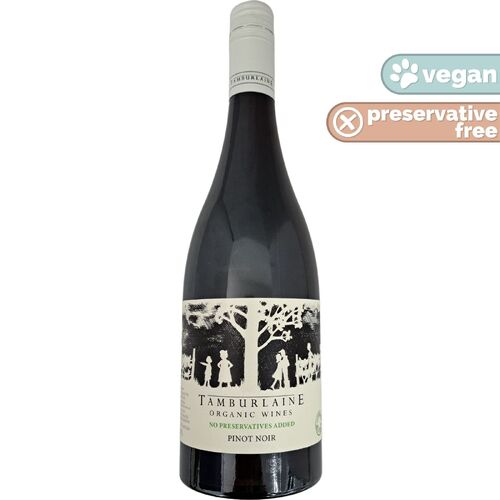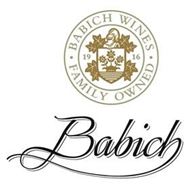Celebrate Great Organic Wineries on World Environment Day
Author: Michelle Gadd Date Posted:5 June 2024
 A Global Call to Action
A Global Call to Action
It's tough economic times at the moment, and we, like many other businesses, are feeling the pressure. That's why it's good to be reminded in these tumultuous times of the bigger picture, and why we keep persisting.
Organic & Biodynamic wines are so much better for our future. Our business promotes and supports all those passionate people in the wine industry who have committed to put planet earth at the top of the agenda. They are willing to be open and accountable for their farming methods. They, in fact, have to pay for this privilege.
So, World Environment Day provides the perfect platform to inspire you with the environmental benefits of organic & biodynamic wines in general, and to then focus on three of our most loved brands, and what they are doing to lead us into a sustainable future. Firstly, let's learn a little about the evolution of World Environment Day

Top Environmental Benefits of Organic and Biodynamic Wines:
-
Reduced Chemical Use:
- Winemaking practices avoid synthetic chemicals, additives and harmful/toxic cleaning chemicals.
- Grapes are grown without the use of synthetic pesticides herbicides, or fertilisers.
- Biodynamic farming focuses on holistic agricultural health, considering the entire vineyard ecosystem.
-
Biodiversity Preservation:
- Organic and biodynamic vineyards encourage biodiversity.
- By avoiding chemical treatments, they protect beneficial insects, soil microbes, and native plants.
- Healthy ecosystems lead to healthier vines and better wine quality.
-
Soil Health and Regeneration:
- Both practices prioritise soil health.
- They avoid soil degradation caused by synthetic chemicals.
- Cover cropping, composting, and natural fertilisers enhance soil structure and nutrient content.
-
Water Conservation:
- Sustainable water use is a priority.
- Organic and biodynamic vineyards minimise water waste.
- Rainwater harvesting, efficient irrigation, and on-site sourcing reduce water consumption.
-
Energy Efficiency:
- Adopting solar panels and wind power to generate renewable energy, and focus on self-sufficiency.
- Upgrading to energy-efficient lighting and refrigeration systems.
- Installing thermal insulation in winery buildings to reduce air conditioning and heating needs.
- Employing evaporative cooling instead of refrigerated cooling, harnessing the power of evaporation.
- Using efficient heat exchange methods to control fermenter tank temperatures.
Let’s explore the sustainability efforts of three remarkable wine brands—Temple Bruer, Kalleske, and Tamburlaine—as they champion environmental responsibility and pave the way for a greener future:
1. Temple Bruer Organic Wines
Commitment to Carbon Neutrality
- Temple Bruer is deeply committed to safeguarding our lands for future generations.
- Their mission goes beyond mere carbon neutrality—they aim for Carbon NET Zero or even Carbon Positive status.
- Initiatives include:
- Renewable Electricity: Increasing renewable electricity generation through solar initiatives (e.g., solar bore pumps) to eliminate diesel generators.
- Heat Recovery: Enhancing winery hot water systems by utilising heat recovery from refrigeration systems.
- Biochar Production: Investing in a pyrolysis kiln to convert green waste into biochar, which sequesters CO2.
- Carbon Footprint Evaluation: Assessing their carbon footprint through lifecycle analysis.
- Carbon Offsets: Offering consumers the opportunity to purchase carbon offsets for their wine1.
2. Kalleske Biodynamic Wines
Holistic Organic and Biodynamic Farming
Kalleske practices pro-active organic farming—not just avoiding chemicals but actively promoting healthy soil and vines. Initiatives include:
- Healthy Soil: Focusing on soil health as the foundation for overall wine quality.
- Minimalist Winemaking: Using natural yeasts and minimal intervention to allow each wine’s unique character to shine.
- Carbon Neutrality: Certified organic and biodynamic practices ensure soil, air, and waterways remain free of synthetic chemicals2.
Electricity Efficiency: Kalleske Winery’s Approach
Kalleske Winery in Australia has achieved remarkable electricity efficiency. Their electricity bill is $0 due to a 15kW solar system that produces 25,000 kWh per year. Refrigeration, typically the largest consumer of electricity, is virtually free at Kalleske. They use evaporative cooling instead of refrigerated cooling, harnessing the power of evaporation. By optimising brine temperatures and using product heat exchange, they homogenise fermenter temperatures without additional cooling/heating electricity. The winery also has a backup refrigerated chiller for humid weather and white juice/ferment.
3. Tamburlaine Organic Wines
Tamburlaine Organic Wines: Leading the Way in Sustainability
Tamburlaine Organic Wines, established in 1966 in the Pokolbin district of the Hunter Valley, is Australia’s largest producer of organic wines. Their commitment to environmental responsibility and sustainability sets them apart:
-
Energy Efficiency:
- Tamburlaine has significantly reduced energy consumption while increasing production.
- Initiatives include:
- Solar Power: Installation of 30 kW and three 1.5 kW photovoltaic solar systems.
- Variable Speed Drives (VSDs): Optimizing refrigeration system operation.
- Efficient Lighting: Upgrading lighting across the winery.
- Insulation: Building a thermal insulation roof to reduce air conditioning and heating needs.
- These efforts have reduced energy use by over 50%, saving around $160,000 annually.
-
Water Conservation:
- Tamburlaine uses only 53% of the benchmark water figure for wineries without bottling lines.
- Water-saving practices:
- Rainwater Harvesting: A 250,000L rainwater tank captures water from 6 sheds.
- Recycling and Composting: Vertical compost facility and worm farm.
- Efficient Water Use: Vertical compost facility and worm farm.
- On-Site Sourcing: Most water is sourced on-site, with off-site mains water used only during droughts.
-
Organic Farming Philosophy:
- Tamburlaine pioneers organic farming techniques.
- Certified organic status for all farms in Orange and the Hunter Valley.
- Focus on soil health, longer-term sustainability, and natural vineyard health.

What is World Environment Day?
- Date: June 5th annually
- Inception: Established by the United Nations General Assembly in 1972 during the Stockholm Conference on the Human Environment.
- Aim: To raise awareness about pressing environmental issues and inspire global action.
Why June 5th?
- The date honors the 1972 UN Conference on the Human Environment, a landmark summit in conservation and environmental awareness.
- This UN international day has become the largest global platform for environmental outreach.
How Can You Participate?
- Learn: Educate yourself about environmental issues.
- Act: Make sustainable choices in your daily life.
- Advocate: Encourage others to join the cause.
- Celebrate: Attend local events or organise your own.
- Vegan Suitable
- No Added Preservative
- Certified Organic
Bright lemon coloured, with ethereal, high-altitude aromatics of jasmine, rose petal, and earl grey tea. Spicy pear and ...
$17.00 promo price
- Vegan Suitable
- No Added Preservative
- Certified Organic
This exceptional quality vintage has aromas of red cherry and strawberry. Fruitful and subtle earthy characters with vel...
$18.00 promo price
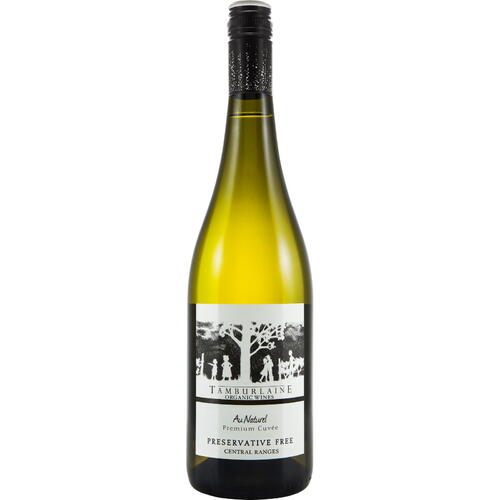
$18.00 promo price
- Vegan Suitable
- No Added Preservative
- Certified Organic
Pale gold in colour with pink highlights, and lively bubbles. The nose is vibrant with effervescent citrus and pink lady...
$18.00 promo price
- Vegan Suitable
- Certified Organic
White peach and citrus aromas with flavours of pear and lightly toasted oak. The high altitude, cool climate and volcani...
$16.00 promo price
- Vegan Suitable
- Certified Organic
Deep ruby hues, rips cherry and vanilla aromas. Smooth tannins and dark plum flavours with a hint of spice. This is a wi...
$16.00 promo price
- Vegan Suitable
- Certified Organic
Lifted floral aromas of orange blossom and jasmine, bright acidity and a refined citrus driven palate. An excellent exam...
$16.00 promo price
- Vegan Suitable
- Certified Biodynamic
- Certified Organic
Rosina 2023 is a luminescent ultra-light gold-pink in colour. It oozes brightness and vitality with its fresh aromatics ...
$22.27 in a straight 12 or $25.80 each
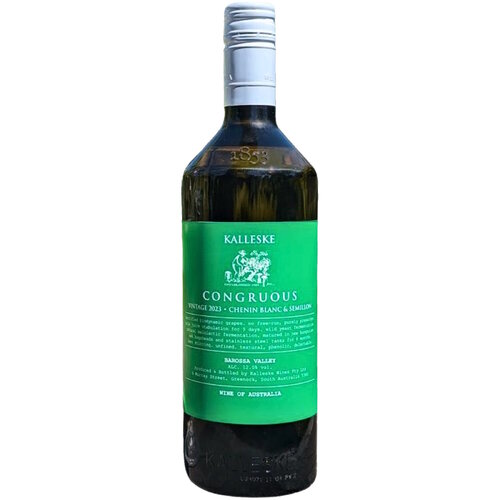
$32.00 in a straight 12
or $36.00 each
- Vegan Suitable
- Certified Biodynamic
- Certified Organic
One word: delectable! The aroma abounds with ripe pear, butterscotch, nutty oak, brioche pastry, flint, and ginger spice...
$32.00 in a straight 12 or $36.00 each

$27.23 in a straight 12
or $31.00 each
- Vegan Suitable
- Certified Biodynamic
- Certified Organic
The buoyant aromatics are tremendous, briskly bounding forth. Extremely alluring and dynamic there are characters of plu...
$27.23 in a straight 12 or $31.00 each
- Vegan Suitable
- Certified Biodynamic
- Certified Organic
2022 Moppa Shiraz is deep purple black in colour. Aromatically it is classic Moppa. There are engaging notes of dark blu...
$30.20 in a straight 12 or $34.40 each
- Vegan Suitable
- No Added Preservative
- Certified Organic
This exceptional quality vintage has aromas of red cherry and strawberry. Fruitful and subtle earthy characters with vel...
$18.00 promo price
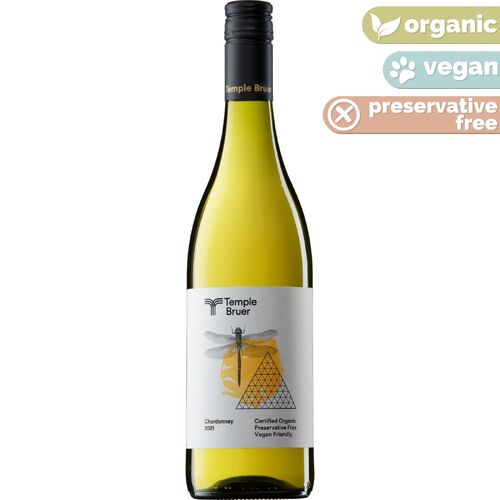
$20.28 in a straight 12
or $23.30 each
- Vegan Suitable
- No Added Preservative
- Certified Organic
Pale straw in colour, the nose entices with citrus, pear and some tropical notes, pineapple perhaps. The palate is fresh...
$20.28 in a straight 12 or $23.30 each

$20.28 in a straight 12
or $23.30 each
- Vegan Suitable
- No Added Preservative
- Certified Organic
Pretty in the bottle and pretty on the nose with hints of rasberries, watermelon, sour cherries and turksih delight. The...
$20.28 in a straight 12 or $23.30 each

